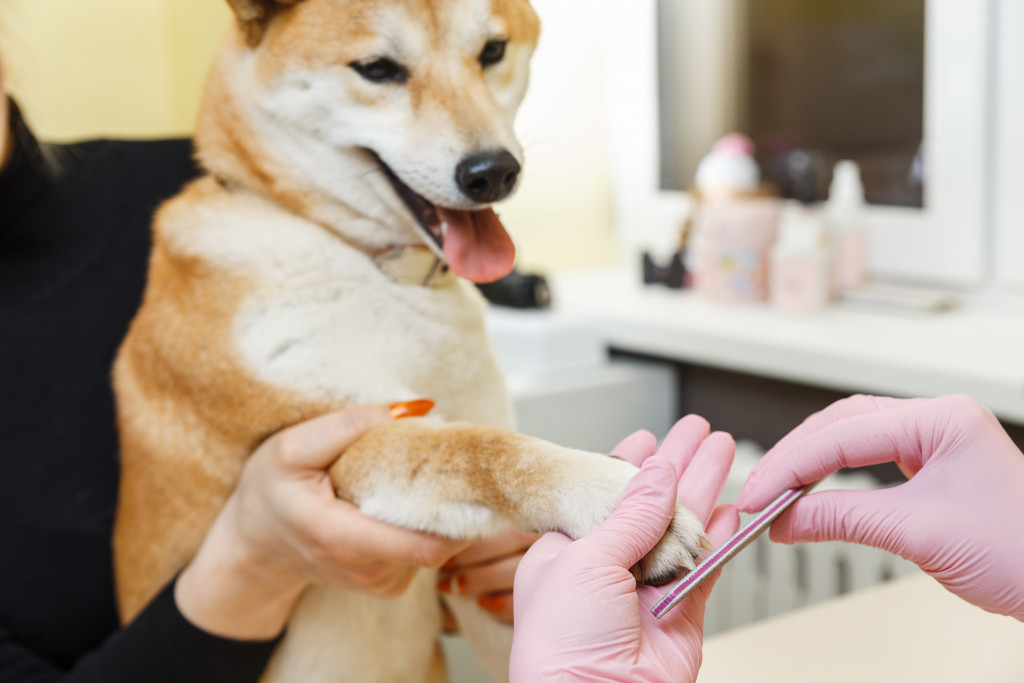- Teaching children how to care for pets is a valuable lesson in responsibility and compassion.
- Start with simple tasks and gradually add more complex ones, such as grooming and playing.
- Establish a routine and make pet care enjoyable by setting realistic timelines and boundaries.
- Grooming is an essential aspect of pet care that helps bond with pets and promotes their healthy lifestyle.
- Encourage empathy and compassion by teaching children about pet healthcare and prioritizing their needs and feelings.
Pets are beloved members of your family, but caring for them can be a lot of work. For parents, teaching children how to care for pets properly can be a valuable lesson in responsibility and compassion. This blog post will discuss tips and strategies for teaching children how to care for pets, from feeding and grooming to exercise and playtime. With these tools, your child can develop a deeper connection to their furry friend and learn essential skills that will serve them well throughout their lives.
1. Start with simple tasks.
When teaching children how to take care of pets, they must start with simple tasks they can handle, such as filling the food or water bowls or giving their pet a small treat. Encourage them to take ownership of these tasks and praise them for doing well. As they become more confident, you can gradually add more complex tasks such as walking or brushing their pet.
Try to make the tasks exciting and fun for them, such as playing hide-and-seek with their pet or teaching basic commands. You can also use games to teach your children how to handle their pets. Most importantly, stress the importance of safety when handling pets. They should never be too rough with them or try to pick them up without asking first.

2. Teach proper grooming techniques.
Regular grooming is an essential aspect of pet care, but it can also be an opportunity to bond with your pet. Teach your child how to properly groom their pet, from brushing their fur to clipping their nails. Ensure your child knows how to handle grooming tools safely and check in regularly to see if they need additional guidance. But, even if your child is not ready for grooming, you can still have them help by giving their pet a gentle massage or brush.
And even if you groom pets at home, you shouldn’t skimp on professional pet grooming. Regular grooming appointments can help keep your pet clean and healthy, so schedule these regularly. These experts may also be able to provide additional advice on pet care.
3. Make it a routine.
Like any other responsibility, establishing a routine is key to ensuring your child takes care of their pet regularly. Determine a schedule that works for you and your child, whether feeding their pet first thing in the morning or taking them for a walk after school. This will make the task of pet care feel less overwhelming and more manageable. Here are some tips:
a. Set a realistic timeline.
You don’t want to put too much pressure on your child, so be sure to create an achievable and enjoyable schedule. You can even allow your child to decide what tasks they will do and when.
b. Make it fun!
Find ways to make pet care enjoyable, such as taking them to the park or playing games. This will create a positive association with pet care and give your child something to look forward to.
c. Be consistent.
As with any task, consistency is key. Ensure your child follows through with their responsibilities and completes them on time. If they don’t follow through, provide helpful feedback and encouragement.
d. Be a role model.
Children learn best by example, so be sure to set the right example when caring for pets. The schedule you set should be one that you are also willing to adhere to.

4. Set boundaries for playtime.
Playtime is essential to pet care, but it’s also important to set clear boundaries. Teach your child how to play safely with their pet by avoiding roughhousing and teaching them how to read their pet’s body language. Encourage your child to engage their pet in activities they enjoy, such as tossing a ball or tug-of-war. Remember, playtime should be an enjoyable experience for both your child and their pet.
5. Encourage empathy and compassion.
Above all, teaching children how to take care of pets is an opportunity to encourage empathy and compassion. Encourage your child to think about their pet’s needs and feelings and to put them first. Teach them about the importance of proper nutrition, exercise, and healthcare for pets and how these contribute to a happy and healthy life.
Teaching children how to care for pets is a valuable lesson in responsibility and compassion. Starting with simple tasks, establishing routines, setting boundaries for playtime, teaching proper grooming techniques, and encouraging empathy and compassion are all crucial factors in ensuring your child bonds with their furry friend and takes care of them properly. With these tools, your child can build a lifelong connection with their pet and develop valuable skills for life.




